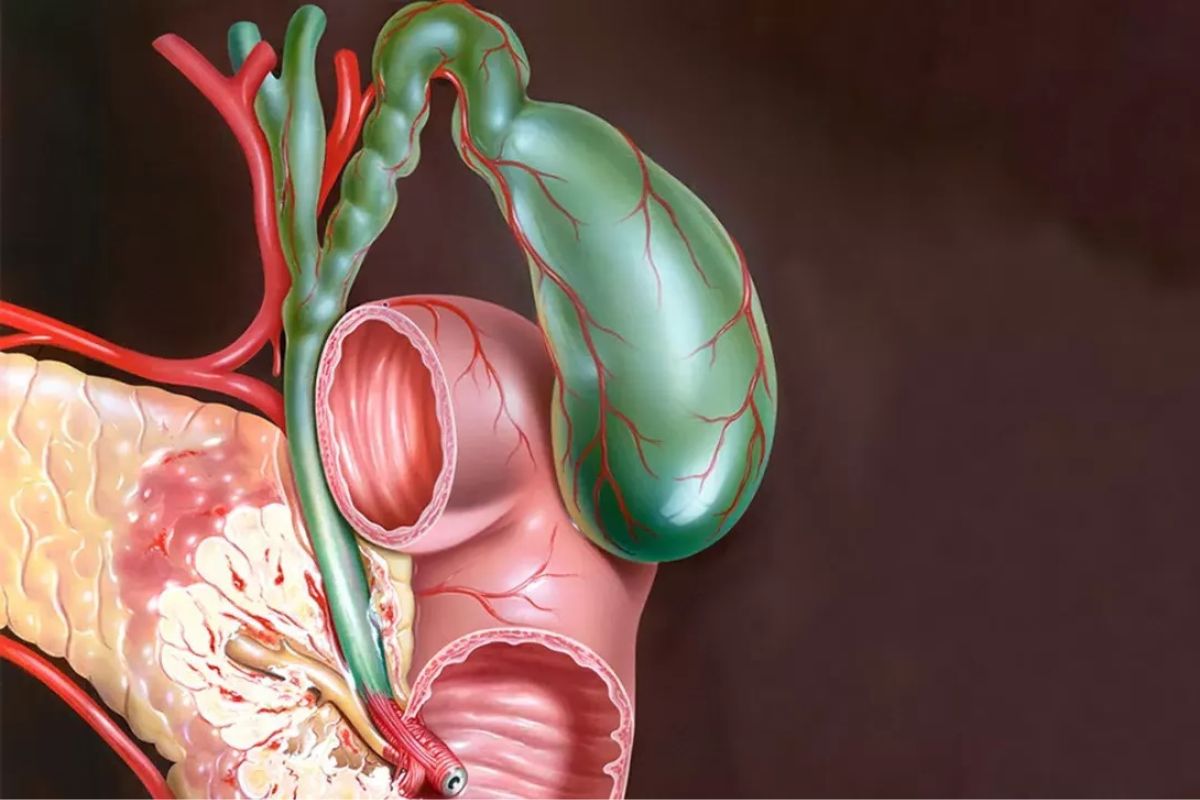
What exactly is neuroectodermal endocrine? Neuroectodermal endocrine cells are specialized cells originating from the neuroectoderm, a layer in the early embryo that also forms the nervous system. These cells play a crucial role in producing hormones and neurotransmitters, acting as a bridge between the nervous and endocrine systems. Why should you care? Understanding these cells can shed light on various medical conditions, including certain cancers and hormonal imbalances. What makes them unique? Their dual role in both the nervous and endocrine systems makes them fascinating subjects for research. Curious to learn more? Dive into these 25 intriguing facts about neuroectodermal endocrine cells and discover their importance in human health.
Key Takeaways:
- Neuroectodermal endocrine cells produce hormones and regulate bodily functions in organs like the pancreas, lungs, and intestines. They play a crucial role in maintaining the body's balance.
- Neuroectodermal endocrine tumors, though rare, can be aggressive and affect various organs. Early detection and specialized treatment are essential for managing these tumors.
What is Neuroectodermal Endocrine?
Neuroectodermal endocrine cells are fascinating. They originate from the neuroectoderm, a layer in the early embryo that also forms the nervous system. These cells play crucial roles in the body.
- Neuroectodermal endocrine cells are derived from the neuroectoderm, the same embryonic layer that forms the brain and spinal cord.
- These cells are responsible for producing hormones that regulate various bodily functions.
- They are found in different organs, including the lungs, intestines, and pancreas.
Functions of Neuroectodermal Endocrine Cells
These cells have diverse functions. They produce hormones, regulate bodily processes, and maintain homeostasis.
- Neuroectodermal endocrine cells in the pancreas produce insulin, which regulates blood sugar levels.
- In the lungs, they secrete hormones that help control breathing.
- These cells in the intestines release hormones that aid in digestion.
- They also play a role in the body's stress response by producing adrenaline.
Neuroectodermal Endocrine Tumors
Sometimes, these cells can form tumors. These tumors can be benign or malignant and affect various organs.
- Neuroectodermal endocrine tumors can occur in the pancreas, leading to conditions like insulinomas.
- In the lungs, these tumors can cause carcinoid syndrome, characterized by flushing and diarrhea.
- These tumors can also develop in the intestines, causing abdominal pain and changes in bowel habits.
- Malignant neuroectodermal endocrine tumors can spread to other parts of the body, making treatment more challenging.
Diagnosis and Treatment
Diagnosing and treating neuroectodermal endocrine tumors involves various methods. Early detection is key to effective treatment.
- Blood tests can detect hormone levels indicative of neuroectodermal endocrine tumors.
- Imaging techniques like CT scans and MRIs help locate these tumors.
- Biopsies are often performed to confirm the diagnosis.
- Treatment options include surgery, radiation therapy, and chemotherapy.
- Targeted therapies and immunotherapies are emerging treatments for these tumors.
Research and Advances
Research on neuroectodermal endocrine cells and tumors is ongoing. New discoveries and treatments are continually being developed.
- Scientists are studying the genetic mutations that cause neuroectodermal endocrine tumors.
- Research is focused on developing more effective targeted therapies.
- Advances in imaging technology are improving the accuracy of tumor detection.
- Clinical trials are testing new drugs and treatment combinations.
- Researchers are exploring the role of the immune system in fighting these tumors.
Interesting Facts
Here are some intriguing facts about neuroectodermal endocrine cells and tumors.
- Neuroectodermal endocrine cells are part of the diffuse neuroendocrine system, which includes cells scattered throughout the body.
- These cells can produce a wide range of hormones, including serotonin, histamine, and somatostatin.
- Neuroectodermal endocrine tumors are relatively rare, accounting for less than 1% of all cancers.
- Despite their rarity, these tumors can be aggressive and require specialized treatment.
Final Thoughts on Neuroectodermal Endocrine Tumors
Neuroectodermal endocrine tumors are rare but fascinating. These tumors originate from cells that are part of the neuroendocrine system, which means they can affect both the nervous system and hormone production. Understanding these tumors is crucial for early detection and treatment. They can appear in various parts of the body, including the lungs, pancreas, and gastrointestinal tract. Symptoms often vary depending on the tumor's location and size, making diagnosis tricky. Treatments range from surgery to targeted therapies, aiming to manage symptoms and control tumor growth. Research is ongoing, offering hope for better treatments in the future. Awareness and education about these tumors can lead to earlier diagnoses and improved outcomes. Stay informed and consult healthcare professionals if you notice any unusual symptoms. Knowledge is power when it comes to health.
Frequently Asked Questions
Was this page helpful?
Our commitment to delivering trustworthy and engaging content is at the heart of what we do. Each fact on our site is contributed by real users like you, bringing a wealth of diverse insights and information. To ensure the highest standards of accuracy and reliability, our dedicated editors meticulously review each submission. This process guarantees that the facts we share are not only fascinating but also credible. Trust in our commitment to quality and authenticity as you explore and learn with us.
